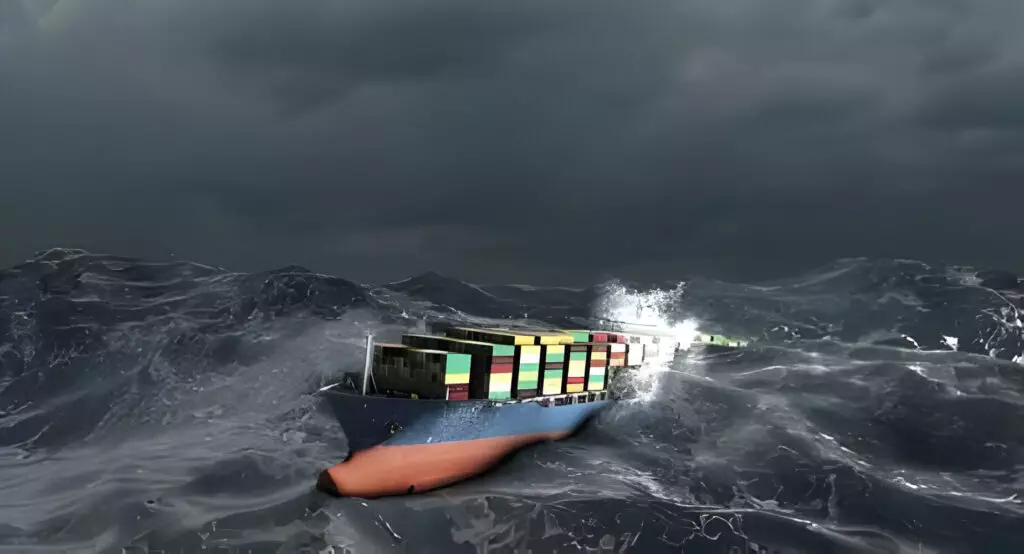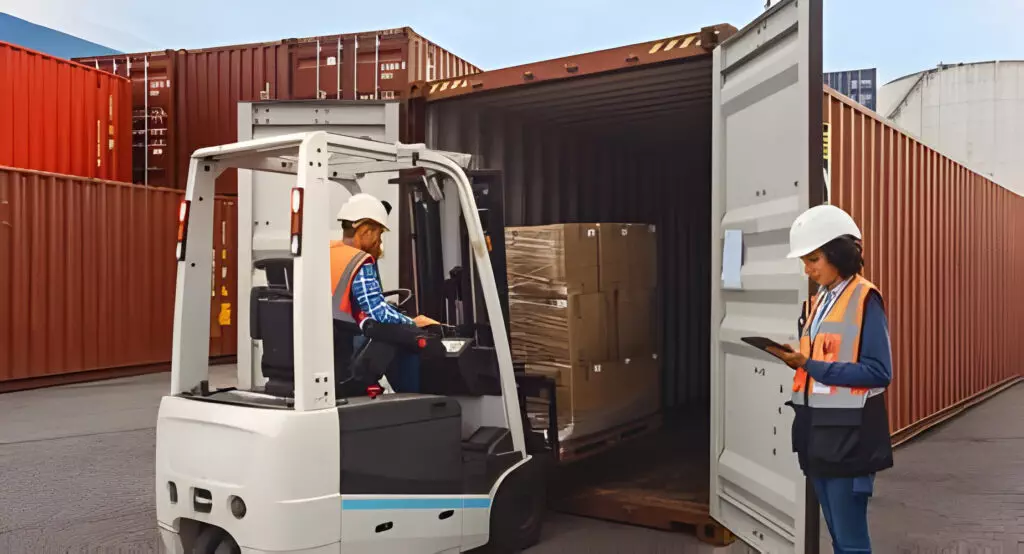Discover how annual trends in container losses impact financial planning and risk mitigation in maritime industries. Understand the broad implications for insurance and operational costs.
Each year, the maritime industry faces the unsettling reality of shipping containers lost at sea. This phenomenon not only poses significant financial risks but also raises concerns about maritime safety and environmental impact. This article delves into the statistics, implications, and strategies concerning container losses, providing a comprehensive overview for maritime professionals and environmentally conscious readers alike.

Annual Loss Statistics and Trend
According to recent reports from the World Shipping Council, an average of 1,382 shipping containers are lost at sea annually. However, during years marked by severe maritime accidents, this number has spiked dramatically. For instance, over the past three years, the average escalated to approximately 2,301 containers per year. This increase highlights the variability and potential for sudden rises in losses due to factors like extreme weather or navigational accidents.
We observe a fluctuation in losses that correlates with global shipping routes expansions and increased container traffic. Understanding these trends is crucial for developing risk management strategies and financial planning within the shipping industry. It helps companies anticipate potential losses and adjust their operational and insurance strategies accordingly.
Implications for Maritime Safety and Navigation
Lost shipping containers represent a significant hazard to navigation. Containers that remain afloat can pose collision risks to all types of vessels, from large cargo ships to small fishing boats. The unpredictability of these floating dangers, especially under harsh weather conditions, complicates navigational safety and requires robust detection and tracking systems.
The maritime industry employs various technologies, such as satellite imagery and radar, to monitor shipping lanes and detect anomalies that may indicate lost cargo. Incorporating case studies, such as the infamous incident involving the MSC Zoe in 2019, which resulted in over 270 containers falling overboard near the Dutch coast, illustrates the severe navigation hazards and the immediate actions required to mitigate such risks.

Environmental Impact of Lost Containers
When containers sink to the ocean floor, their impact extends beyond navigation and financial loss. Non-biodegradable materials and potentially hazardous contents can severely affect marine ecosystems. Containers with chemicals or plastics contribute to pollution, while those inadvertently serving as artificial reefs might disrupt local habitats.
Efforts to mitigate these impacts include deploying recovery missions for sunken containers and developing containers with materials that minimize environmental risks. These initiatives often involve collaboration between shipping companies, environmental organizations, and technology developers to create solutions that balance operational efficiency with ecological stewardship.
Regulatory and Insurance Aspects
The regulatory landscape governing container losses is comprehensive, involving international maritime laws and national regulations. Compliance with these regulations is mandatory for minimizing losses and ensuring smooth operations. Insurance plays a critical role in this framework, as companies must navigate the complexities of marine insurance to cover potential losses effectively.
Understanding the interaction between regulation and insurance requires an examination of policies that specifically address the liability and recovery costs associated with container losses. Insights from insurance experts on best practices for policy structuring provide valuable information for maritime businesses to ensure that they are adequately covered without overextending their financial commitments.
Connect with Storage-Tech for Enhanced Maritime Safety
Are you looking to improve your understanding of how shipping containers behave at sea to enhance your operational safety and compliance? Reach out to our expert team at Storage-Tech for guidance and support. Whether you’re concerned about cargo securement or risk management, we’re here to help. Email us at info@storage-tech.ca or call us directly at 1.833.590.4357 to discuss your needs and how we can assist in safeguarding your maritime operations.
Conclusion
The issue of shipping containers lost at sea is multifaceted, involving financial risks, safety concerns, and environmental impacts. By staying informed and proactive, maritime professionals can mitigate these risks effectively. We invite our readers to reflect on this information, apply the insights gained, and contribute to safer, more sustainable maritime practices.

FAQ Section
What technologies help track lost shipping containers?
Advanced radar systems and satellite tracking are commonly used to monitor and detect lost containers at sea.
How can shipping companies minimize the risk of losing containers?
Proper stowage practices, regular inspections, and adhering to safety regulations are key strategies to reduce the risk of container losses.
Leave Us a Comment
We value your insights and experiences regarding container losses at sea. Please share your thoughts and questions below to enhance our collective understanding and discussion.



